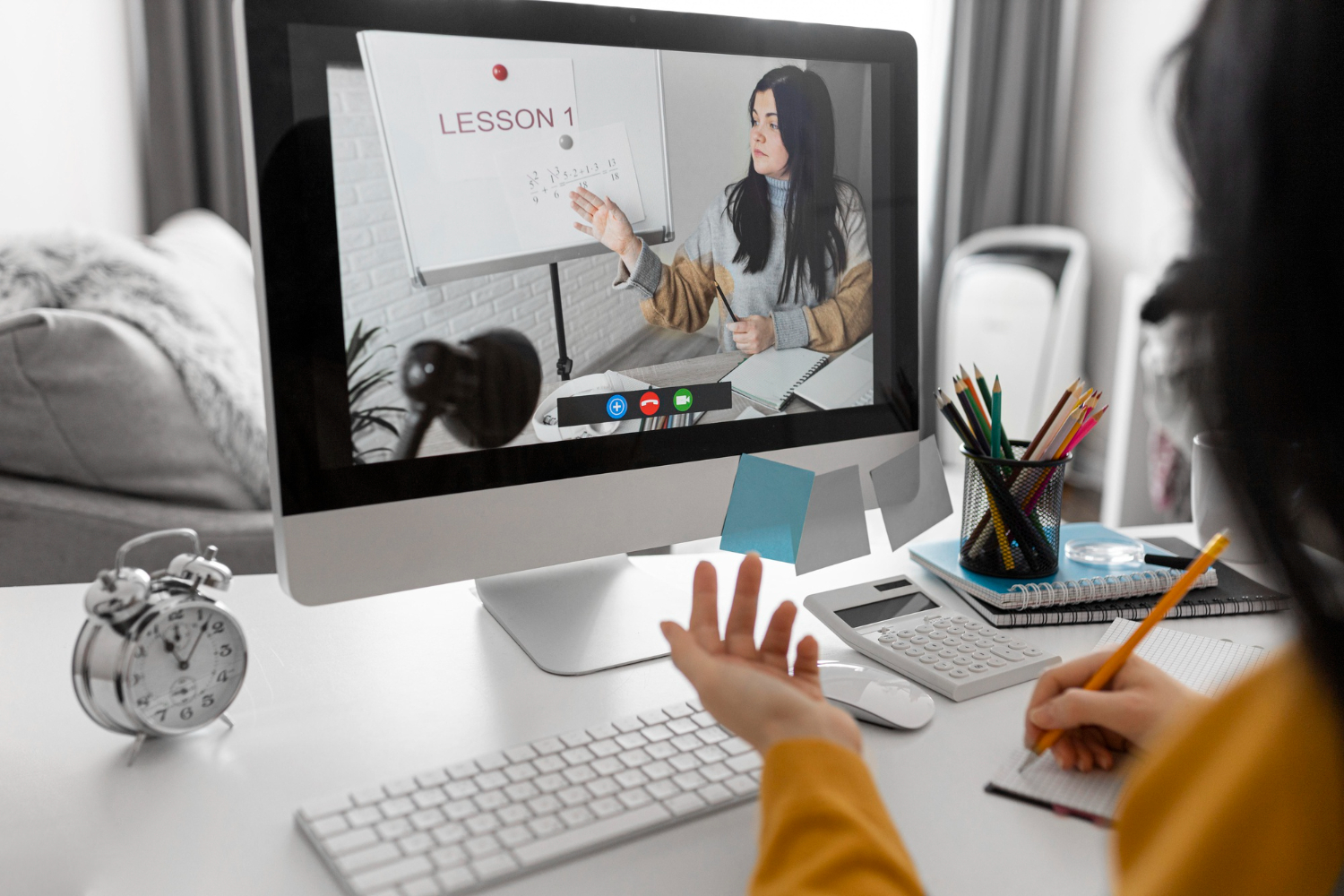How Teachers should conduct online teaching to engage students in real time

With the widespread adoption of remote learning in recent times, teachers are now required to conduct online classes to engage their students. The shift from traditional classroom teaching to virtual learning can be challenging for both students and teachers. However, with the right approach and strategies, teachers can successfully engage their students in real-time online classes.
Best practices that teachers can use to conduct online teaching and keep students engaged.
Plan and Prepare Ahead of Time
Before starting the class, teachers should plan and prepare their lessons in advance. They should be aware of the objectives of each lesson and how to achieve them and engage students in online teaching. Additionally, they should have all the necessary materials and resources available, such as presentations, videos, and handouts.
Use Engaging Multimedia
Using multimedia can help to make online classes more engaging and interactive. Teachers can use videos, images, and animations to explain concepts and ideas. They can also use videos to bring real-world scenarios into the classroom. Additionally, teachers can use virtual tools such as Kahoot or Quizlet to create interactive quizzes and games.
Encourage Student Participation
One of the biggest challenges of online teaching is keeping students engaged and involved in the class. Teachers can encourage student participation by creating interactive activities and discussions. For example, teachers can use the chat feature to ask questions and encourage students to share their opinions and ideas. Additionally, teachers can use breakout rooms to have small group discussions and projects.
Make the Class Personal
Making the class personal can help students feel more connected to the teacher and the material. Teachers can use their personal anecdotes and experiences to make the lessons more relatable. Additionally, they can use students’ names and recognize their achievements in class. This will help students feel valued and motivated to participate.
Use Proven Teaching Strategies
Teachers should also use proven teaching strategies to engage students in online classes. For example, they can use the “flipped classroom” approach, where students can watch a video or read a lesson before class, and then use class time to discuss and apply what they’ve learned. Teachers can also use the “Think-Pair-Share” strategy, where students are given time to think about a question or problem and then discuss their ideas with a partner before sharing with the whole class.
Encourage Collaboration and Teamwork
Collaboration and teamwork can help to build a sense of community and motivation in online classes. Teachers can encourage students to work together on group projects or assignments. Additionally, they can use virtual tools such as Google Drive or Microsoft Teams to facilitate collaboration and teamwork.
Provide Feedback and Support
Providing feedback and support is essential for students’ growth and development. Teachers should provide constructive feedback on students’ work and encourage them to ask questions. Additionally, they can offer extra help and support outside of class time. This will help students feel confident and motivated to participate in online classes.
Be Flexible and Adaptable
Online classes can be unpredictable, and teachers should be flexible and adaptable to changing circumstances. For example, if the internet connection is poor, teachers can adjust the lesson plan to accommodate for the situation. Additionally, teachers should be open to new technology and tools that can enhance the online learning experience.
Set Expectations and Rules
Teachers should set expectations and rules for online classes to ensure a positive and productive learning environment. For example, they can establish rules for communication and collaboration, and establish a policy for interruptions and distractions. Additionally, teachers should set clear expectations for participation and engagement.
Encourage Self-Paced Learning
Online classes offer students the opportunity to learn at their own pace. Teachers can encourage self-paced learning by providing access to online resources and materials outside of class time. For example, teachers can assign online readings, quizzes, or videos for students to complete on their own time. This will help students feel more in control of their learning and motivated to participate in online classes.
Make the Class Enjoyable
Finally, teachers should strive to make the class enjoyable for their students. They can use humor, play games, and have fun activities to keep students engaged and motivated. Additionally, teachers can incorporate student interests and hobbies into their lessons to make the material more relatable.
Also Read: A Comprehensive Guide for Educators: Leveraging Virtual Meetings for Effective Teaching
In conclusion, conducting successful online classes requires a different approach and set of strategies compared to traditional classroom teaching. However, with careful planning, engaging multimedia, and effective student engagement techniques, teachers can successfully engage their students in real-time online classes. By incorporating the tips outlined in this blog, teachers can ensure that their students receive a high-quality education and feel motivated to participate in online classes.



